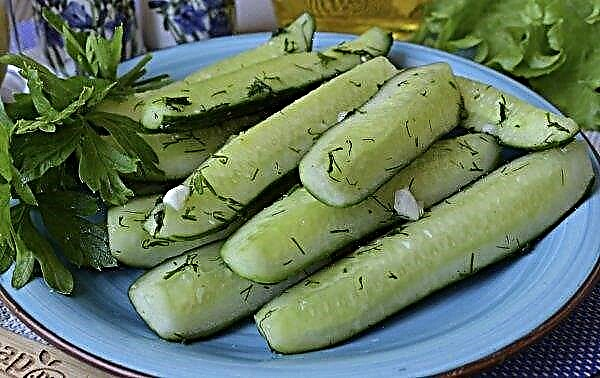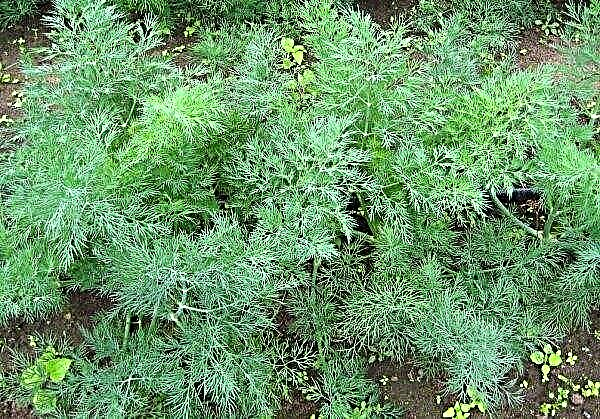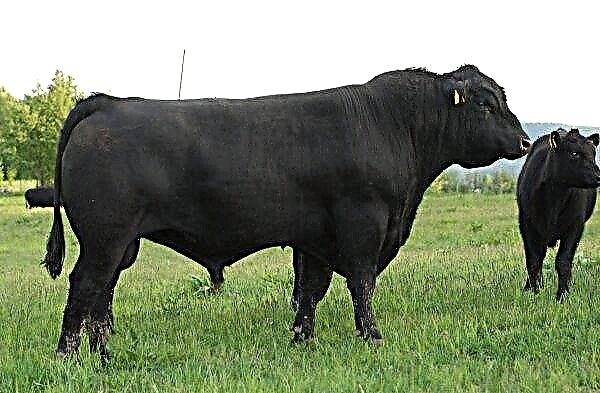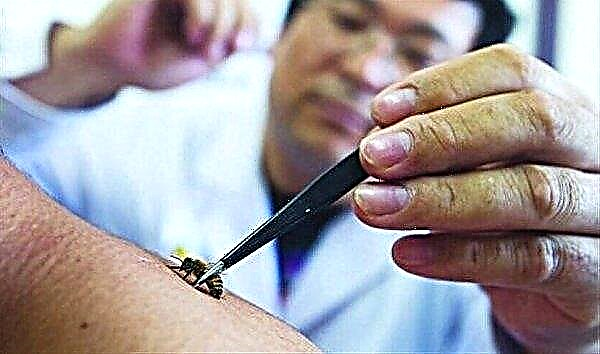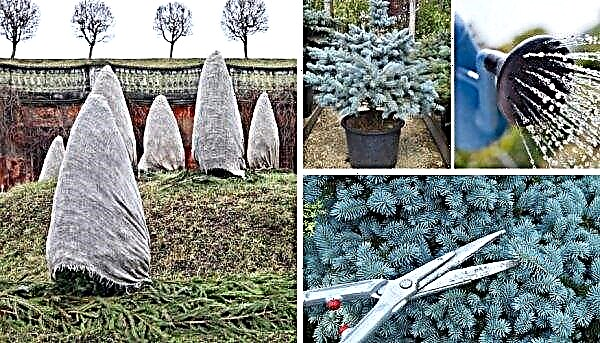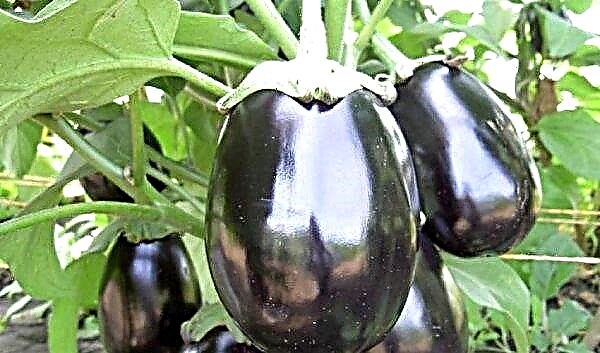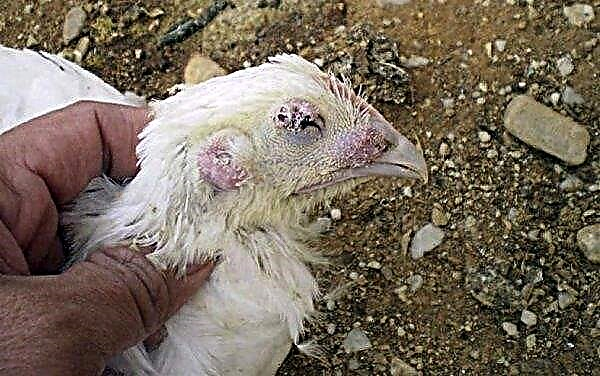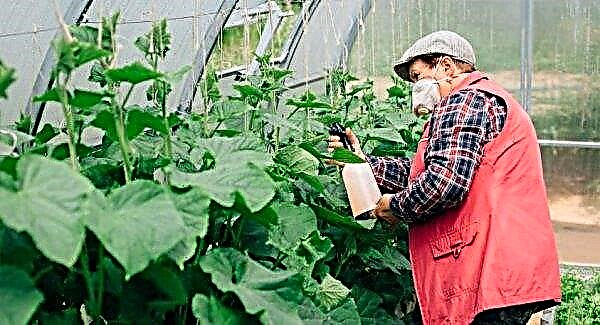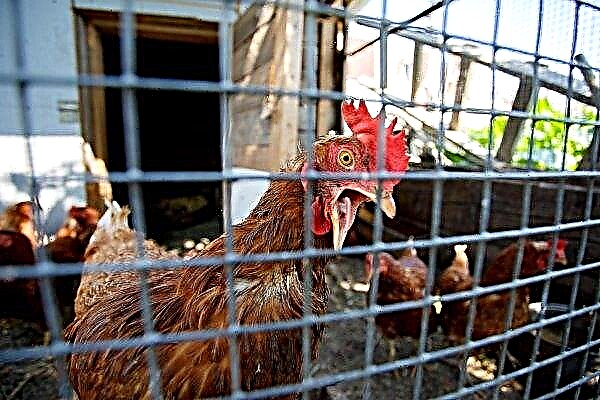The last bribe (prey) and its end often coincides with the achievement by the bee colonies of the peak of their development. Improperly organized insect care in the fall leads to a large loss of bees in the spring, especially in the middle lane, where winters are quite severe. Read how to organize work in the apiary in October and reduce the amount of death.
Work in the apiary in October
Preparation for winter in the middle Urals begins in August-September. During this period, you need to examine the bees for physical abnormalities and evaluate the strength of the family as a whole. In early September, the last feeding with sweet syrup is carried out.
Important! After the main bribe, bees become more aggressive, so do not forget about protective equipment when working with them in September.
Most often during this period 2 problems arise:
- the death of bees;
- rally swarm.
The reason explaining why the bees showered is the carelessness of the beekeeper to the wards. Insects can solve some of the problems on their own, but the percentage of death in this case will be much higher. Infection with ticks and diseases leads to the death of bees. The most dangerous for bees is the tick of varroa. It is in September that the first treatment for this parasite is carried out. You can use the drugs "Bipin" or "Timol."
Video: Work in the apiary in October
The solution is diluted according to the instructions and bee families spray them. Re-processing is carried out in October, when there will no longer be a closed brood in the hive. The fact is that female ticks live precisely in closed brood, and treatment with any drugs during this period will help to get rid only of parasites sitting on adult bees. In October, it is better to use a smoke gun for processing, rather than spraying liquid along the hive. This will maintain the optimal microclimate in the home of insects.
Swarm gathering occurs for the following reasons:
- uterine death - the brood remains closed, and overworked working insects fly away;
- treatment of nearby fields with herbicides - this encourages bees to look for an ecologically clean area for organizing a nest;
- incorrect location of the hive - the bee house is located in direct sunlight or is removed from the reservoir;
- the hive and internal elements are made of low-quality material - the bees scare away the pungent odors of varnish, paint;
- unlimited top dressing with sugar syrup - too much food in the hive does not leave bees with space for arranging nests;
- moving a swarm from one point to another - in the presence of a huge wax, the bees simply will not be able to survive, so they begin to look for a place where to winter.
Did you know? Bees collect pollen with all the hairs on their body, even those that grow around the eyes. Hair has a negative charge, and pollen — positive, therefore, when an insect sits on a flower, pollen itself is magnetized to it.
Another problem is bee theft. Thief bees, penetrating the hive, primarily try to kill the uterus. As a result, orphaned families remain defenseless. In turn, thief bees take out all the honey and bee bread necessary for winter feeding from the hive.
Preparatory work in September:
- Top dressing at the beginning of the month.
- Treatment for diseases and pests.
- For each family in the hive you need to leave 10 frames of honey, 2 of them should be with a bee bread (to feed an early brood). On average, 20–25 kg of honey remains in the hive.
- The winter nest (club) needs to be assembled, focusing on where it should be. It will form in the lower part, so the nest will be equipped opposite the letka. The frames with the feathers should be in the upper part, because in the winter the swarm will move up.
- If the nest will not occupy the entire case, it must be separated by frames on the sides, thereby providing protection from the cold.
- Families of 3-5 streets are combined into one. Do this in the evening through the diaphragm. In spring, families are separated.
- Repair of beehives - carefully cover all the cracks with putty and, if necessary, strengthen the side walls with wood.
In October, there is no brood in the hive. Bees are gradually preparing for wintering. If there are late flower stalks and the weather allows, toilers continue to prepare supplies for the winter.
Video: Work with bees in September
Work in the apiary in October:
- Re-inspection of families and treatment against parasites.
- Reduction of families.
- Warming of beehives - for weak families, moss pillows are installed in the upper and lateral parts of the house, medium ones - only on top, strong ones - only on top, using thinner pillows.
- In the winter hut, remove all cracks and holes, covering them with alabaster, pre-filling the voids with broken glass. This will protect against the penetration of rodents.
Feeding in October is no longer carried out, even if some families go in the winter with a lack of food. You can correct the situation by delivering a frame with honey, if any. Otherwise, feeding sweet candy is carried out in February, when the females begin to lay their first eggs.
Care for bees in the middle of autumn
Among the events held in the middle of autumn, it is necessary to dwell in more detail on the examination of insects, as well as on repeated treatments for diseases and pests.
Did you know? Hornets often attack bee hives. To destroy the enemy, the bees gather in a ball around the hornet and begin to move continuously, which creates a deadly temperature of + 47 ° C.
Inspection for Availability
The sooner work is done to prepare for the winter, the more time you will have left to correct the shortcomings. In October, you need to monitor whether the bees are flying. Their activity or inaction indicates the physical condition of the family as a whole. Particular attention should be paid to hives in summer houses, in which a large number of deaths appeared.
It is also worth paying attention to the presence of drones - they should not be in good bee families. The presence of drones may indicate the absence of a uterus. In this case, you have to disband the family or add a spare uterus. To attach a nucleus (small hive) to a bezelless swarm, you need to rearrange it framewise in the same order, next to the edge frames. The main thing is that at this time the bees almost did not fly.

In October, all the nests in the apiary should already be in assembled condition. If for some reason there was a delay, you need to quickly complete this work, but only on the condition that there is a plus temperature on the street. Intervention in bee colonies should also be minimized.
During this period, low-honey frames are replaced by multi-honey frames from the reserve and their number is reduced. The roof is also strengthened and covered with a tarp to protect the hive from moisture inside. To create comfortable conditions at the end of October, cleaning of removable bottoms is carried out.
Instructions for inspecting the hive:- Remove the roof gently and lower it to the ground, being careful not to make harsh sounds.
- When pulling out the frame, first slide it with the chisel and remove it a bit obliquely so as not to pin down the bees sitting on the walls.
- Inspect the bees for defects.
- Remove the extra frames.
- After a full inspection, drive the bees from the upper slats to the hive and put the canvas back in place, and then the ceiling.
Canvas and ceiling from the entire nest do not need to be removed. It is allowed to keep open no more than 1-2 frames, otherwise the risk of hypothermia increases.
Disease and Pest Treatment
In October, the final work on the treatment of varroatosis is carried out. The specifics of the work will depend on the chosen drug. If in September strips soaked in “Bayvarol” or “Apistan” were placed in the hives, they must be removed. If spraying with "Bipin" or other similar means was carried out, repeated processing is required. In October, spraying the drug from the smoke gun should be carried out at a temperature of + 12 ° C, otherwise the bees will gather in the club and the processing efficiency will significantly decrease.
Important! The same parasite remedy cannot be used for more than 2–3 years, otherwise their susceptibility to the active substance will decrease.
Further activities in the apiary
After work has been done to determine the strength of families, they begin to correct the shortcomings. First of all, bezmatochny families save. Spare fetal uterus is given to families only if the bees densely cover 6–8 frames. Smaller families are subject to disbandment. Before deciding on the introduction of the uterus, you need to once again conduct an examination of the framework. If the family has laid the mother liquor, it is eliminated and the uterus is replaced. If there is no mother liquor, it means that there is a drone uterus, a fistulous (infertile) uterus, or a parasite in the nest. In this case, an examination is performed and the uterus is revealed. Then it is removed and the fetal is hooked.
Correction of weak families is carried out for those hives in which at the beginning of September a swarm takes 3-4 frames. Such families may simply not survive until spring. In beehives, in which there is a sufficient amount of food, it is possible to strengthen such families.
You can do this as follows:
- The brood frames are rearranged into an attachable hive.
- The worst uterus is removed during the day.
- In the evening, the case with the bezelless family is transferred and placed on the beehive to be attached.
- Between the hives lay a sheet of paper and make holes in it with a wooden stick.
- During the night, all the bees will move to the lower compartments to the uterus.
When all work with the bee colonies has been completed, an urgent inspection of the roofs is carried out, which is then repaired and strengthened. Letki close, leaving one main half open.
If the hives remain on the street, they are insulated from the outside with a straw strapping. When wintering on the premises, they are pre-disinfected, ventilated, and then transferred.
Did you know? A working bee lives only 40 days. During this time, she manages to prepare cells in which the eggs will be laid by the uterus, to ensure the optimal microclimate in the home, and only 30% of her life cycle falls on honey collection.
Tips from experienced beekeepers
Here are some tips from experienced beekeepers regarding the preparation of bees for winter:
- In the nests after the main bribe, only the fetal queens should be left. If the uterus is weakened, they should be replaced with young ones.
- All insulation work must be carried out before the onset of frost.
- There should be a sufficient number of frames with food in the nest - 8-10. In October, be sure to replace the low-honeyed with the multi-honeyed. The main thing is to do this until the air temperature drops, otherwise the bees do not have time to seal the food for the winter, and they do not eat liquid food in the cold.
- In the presence of a late brood, it is necessary that there are honey bees on the site. To do this, in mid-August, nearby areas are sown with fatselia.
- Monitor the quality of feed in the hive. Throughout the season, you should carefully monitor which plants use bees to collect pollen - honeydew honey, especially collected in the forest, is not suitable for winter feeding. Frames with an admixture of paddy need to be removed from the hive during the first autumn revision.

Properly performed autumn preparation of bees for wintering is the key to obtaining strong families in the spring. The sooner it is launched, the more likely it will be in October to correct deficiencies.


